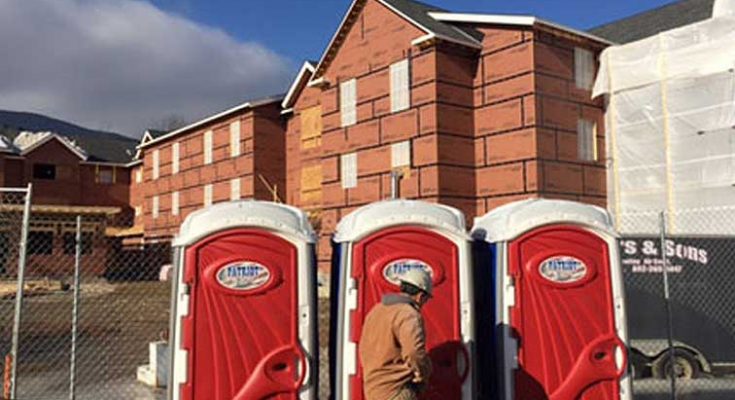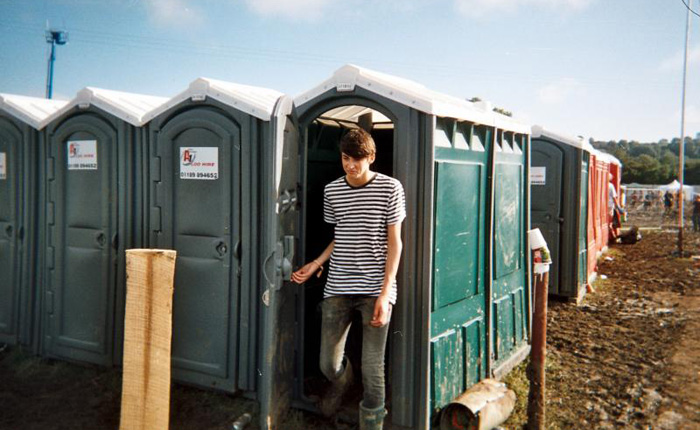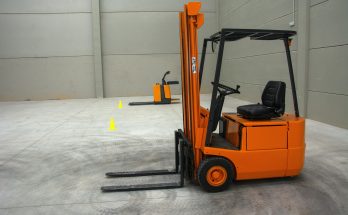Introduction
What are portable and how do they work? This might not be a usual question buy you could be wondering how portable toilets work. If you have spent time at a construction site or a music festival, then you might have come across portable toilets. You may have even used one! However, if you intend to hire a portable toilet for a construction site or an event, it is a great idea to understand the basics first. This article aims at discussing what portable toilets are all about.
What are Portable Toilets?
Chemical portable toilets are self-contained, mobile toilet solutions. A portable toilet is a 1.1-meter by a 2.3-meter plastic box. The majority of portable toilets are equipped with a forearm washbasin, a locking door, a toilet, and a urinal. The forearm washbasin is important because it indicates that the toilet adheres to health and safety regulations.
Such toilets are completely portable because there is no need for a septic tank, ground hole, or connection to the mains. However, these toilets have to be treated using chemicals regularly to remove odors.
Additionally, you can consider using a hot wash toilet that has both hot running water as well as cold running water. This is considered to be a more hygienic alternative because it lets people properly wash their hands using warm soapy water. Also, a mains is connected to the portable toilet just like a regular toilet does. Such toilets are flushable and do not require that much chemical treatment. They are ideal for lengthy construction projects that are located in a place with water connection and full sewage.
Components of a Portable Toilet
A portable toilet has four main components namely:
- Pressure system
- Holding tank
- Toilet seat
- The flushing mechanism
The Flushing Mechanism
There are two main alternative solutions to the flushing system. The toilet uses the water from a water tank into the toilet. Because of the flushing system as well as the holding tank that stores all the waste, portable toilets do not have to be connected to a water supply.
The flushing system of a portable toilet works typically using a foot pump to enhance hygiene. This system uses pressure to operate. It forces water to circulate inside the water tank, then delivers it via a pipe into the toilet.
Installation of Portable Toilets
Before the process of installation starts, every portable toilet is steam cleaned to ensure it is hygienic. Chemical solutions can be used here. The portable toilets are then loaded on a vehicle’s back and de3leivered to the desired destination.
The installation process hugely depends on the toilet type. Chemical portable toilets are the easiest to install because they come as self-contained units. The mains-connected portable toilets will require connection of the toilets to sewage and water outlets.
Cleaning of Portable Toilets
Portable toilets can be usually cleaned using the vacuum pump technique. This process involves a tank that can hold a specific amount of freshwater as well as waste. Regular models can hold up to 400 liters of water and 750 liters of waste.
Usually, it is the company that was hired to supply portable toilets that clean and empty the portable toilets. Special equipment is required for the cleaning and emptying process and if not done properly, it can be dangerous. Therefore, you need to hire a company that knows what they’re doing!
Benefits of Portable Toilets
Of course, the main benefit of a portable toilet is transportability. Since they are self-contained, they can be delivered almost anywhere as long as there is adequate space. This makes them perfect solutions for bathroom facilities at construction sites with great crowds. More so, they do not require much plumbing work.
Construction projects mostly take place in areas that don’t have an easily accessible toilet which poses a challenge to the workers. If the available toilet is far from the construction site, then it can waste a lot of time taking toilet breaks. Furthermore, it is a legal requirement that construction owners provide their workers with a toilet.
Wrapping it Up
There you have it, what you need to know about portable toilets! It is a quite simple design that offers portable sanitation to increase the convenience of your guests or workers. Keep in mind that these toilets need to be serviced regularly to replenish water, toilet papers, and other supplies. They should also be regularly cleaned to maintain their hygiene standards.




